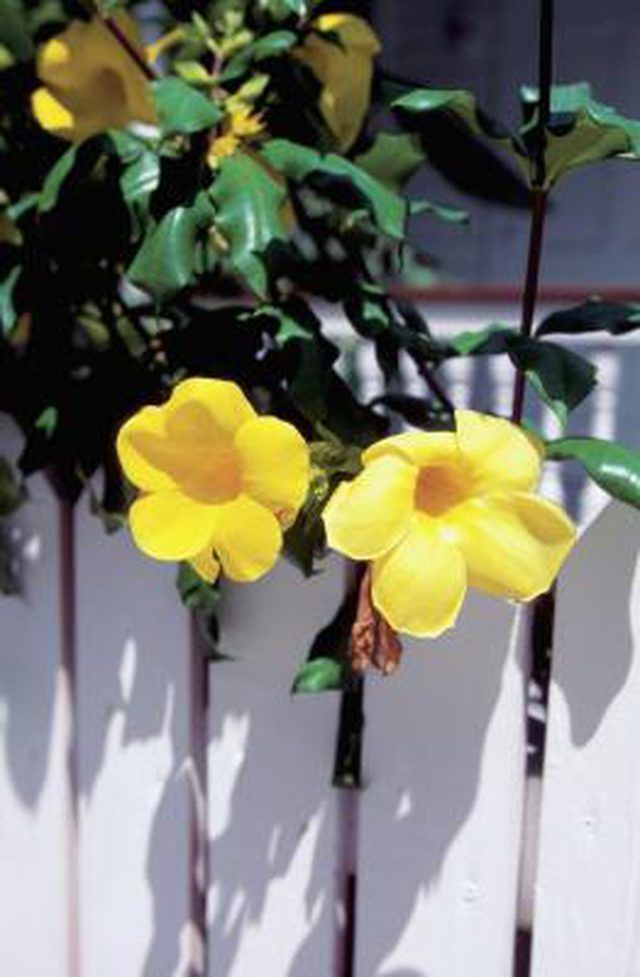Bulbs
Flower Basics
Flower Beds & Specialty Gardens
Flower Garden
Garden Furniture
Garden Gnomes
Garden Seeds
Garden Sheds
Garden Statues
Garden Tools & Supplies
Gardening Basics
Green & Organic
Groundcovers & Vines
Growing Annuals
Growing Basil
Growing Beans
Growing Berries
Growing Blueberries
Growing Cactus
Growing Corn
Growing Cotton
Growing Edibles
Growing Flowers
Growing Garlic
Growing Grapes
Growing Grass
Growing Herbs
Growing Jasmine
Growing Mint
Growing Mushrooms
Orchids
Growing Peanuts
Growing Perennials
Growing Plants
Growing Rosemary
Growing Roses
Growing Strawberries
Growing Sunflowers
Growing Thyme
Growing Tomatoes
Growing Tulips
Growing Vegetables
Herb Basics
Herb Garden
Indoor Growing
Landscaping Basics
Landscaping Patios
Landscaping Plants
Landscaping Shrubs
Landscaping Trees
Landscaping Walks & Pathways
Lawn Basics
Lawn Maintenance
Lawn Mowers
Lawn Ornaments
Lawn Planting
Lawn Tools
Outdoor Growing
Overall Landscape Planning
Pests, Weeds & Problems
Plant Basics
Rock Garden
Rose Garden
Shrubs
Soil
Specialty Gardens
Trees
Vegetable Garden
Yard Maintenance
How to Prune Allamanda
How to Prune Allamanda. The allamanda (Allamanda cathartica), also called the golden trumpet, yellow bell and angel's trumpet, is a broadleaf, evergreen shrub native to South and Central America. Winter hardy in USDA zones 10 and 11, this seasonal bloomer features showy yellow flowers with white marks on the throat. Mature shrubs range from 10 to...

The allamanda (Allamanda cathartica), also called the golden trumpet, yellow bell and angel's trumpet, is a broadleaf, evergreen shrub native to South and Central America. Winter hardy in USDA zones 10 and 11, this seasonal bloomer features showy yellow flowers with white marks on the throat. Mature shrubs range from 10 to 20 feet in height with 3- to 6-foot spreads. Allamanda plants grow rapidly and need the occasional pruning to maintain optimal attractiveness and health.
Things You'll Need
Hand-held pruning shears
Prune your allamanda shrubs in the late winter or early spring before the new growth appears. Use small, hand-held pruning shears to trim just the ends of the branches. This promotes the growth of new buds and shoots.
Prune your allamanda shrub down to the desired height. The U.S. Forest Service explains that these shrubs grow quite quickly. Without proper pruning, allamandas rapidly become overgrown and look bulky.
Cut out all damaged, dead or dying branches. Prune out any stems that rub against or cross another stem. This will help prevent injuries that can allow pathogens to enter the plant tissue.
Prune out the interior section of your shrub. Thinning out your allamanda promotes healthy air ventilation that can help prevent fungal diseases such as leaf spot from attacking the foliage. Cut out the oldest, woodiest branches first since they don't enhance the beauty or form of your shrub.
Prune allamanda shrubs about once a month throughout the growing season to keep them looking tidy. Prune lightly, however, because a hard pruning can result in few new flowers and very dense foliage.
Check your shrub for insect infestations during the monthly pruning. The Missouri Botanical Garden reports that allamandas often attract mealy bugs and scale. Prune out any affected plant tissue.
Tips & Warnings
You can also train allamanda plants to grow as climbing vines.
This dogbane family member (Apocynaceae) exudes a toxic milky sap that can cause rashes, itching or blisters upon contact. Wear gardening gloves to protect your skin.